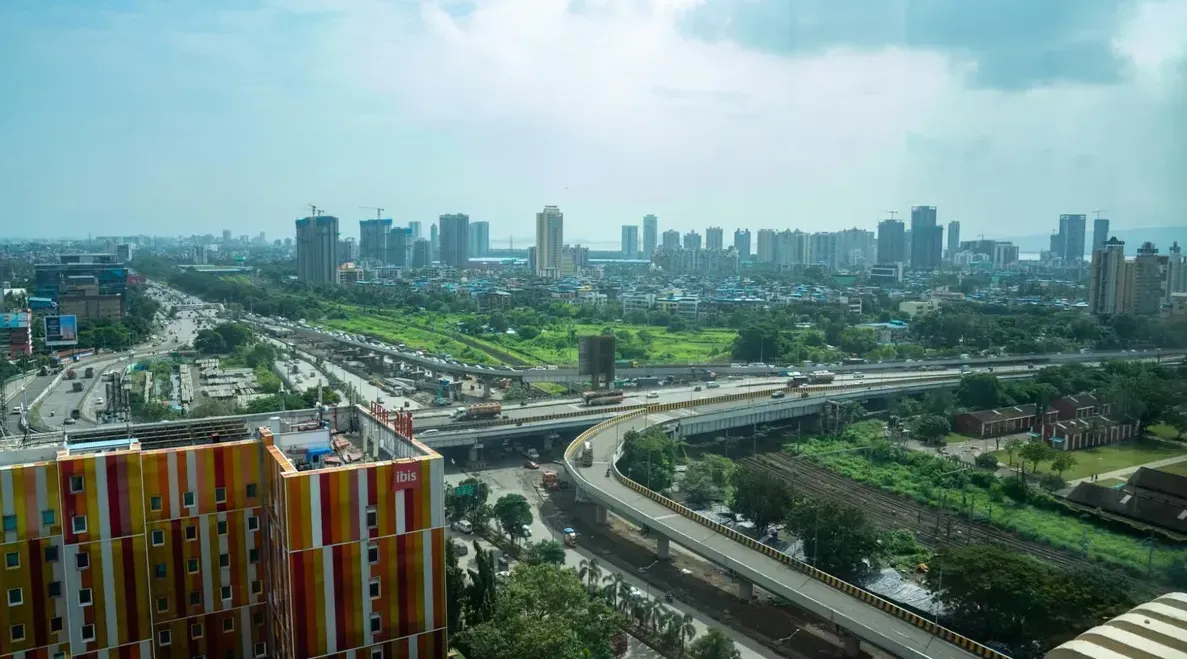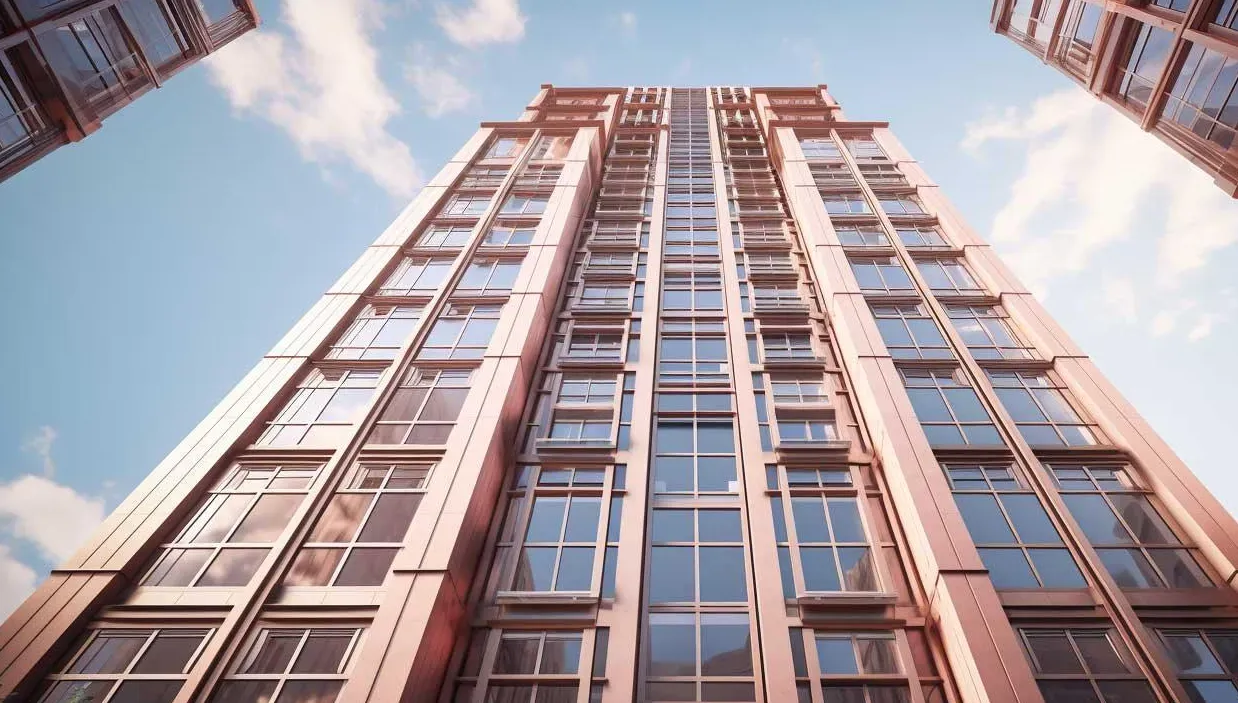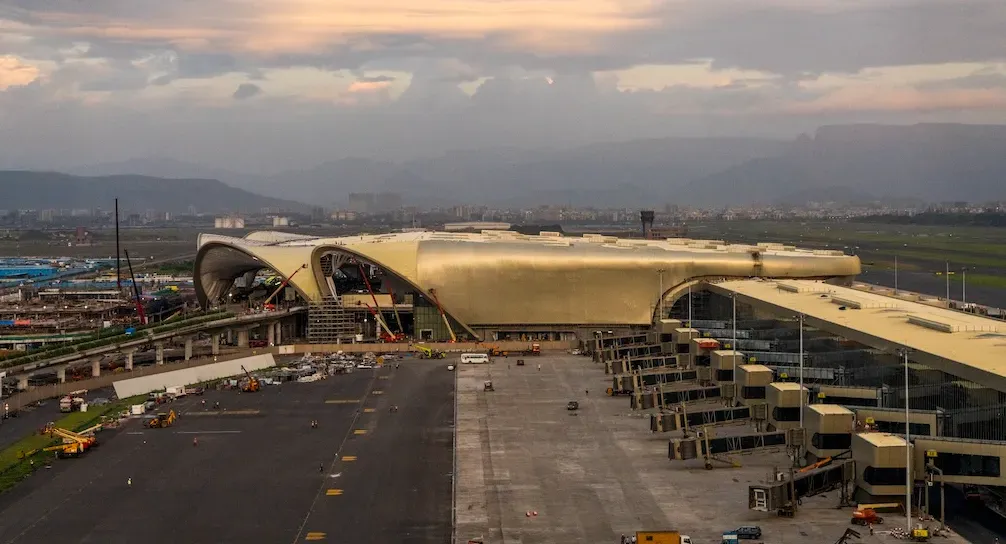Real Estate Projects in Navi Mumbai: Why It’s Emerging as Mumbai’s Next Residential Investment Hotspot

By
Shrusti Naik
Posted on November 25, 2025. 10 mins

Introduction

Shifting investment patterns across India’s real-estate landscape are placing Navi Mumbai firmly on the map. Once seen as a satellite extension of the city, by 2025 Navi Mumbai is now emerging as a primary residential investment hotspot. With infrastructure breakthroughs, accelerating project launches, price appreciation and a favourable policy environment, it’s no longer a back-up option—it’s a frontrunner. This article, tailored for Indian retail investors and professionals seeking authoritative insight, explores why real estate projects in Navi Mumbai present compelling opportunities in 2025.
The Growth Drivers That Matter
Major Infrastructure Catalysts
- The inauguration of one of India’s most significant transport projects, Navi Mumbai International Airport, scheduled to commence operations in December 2025, is a game-changer. (AP News)
- Connectivity enhancements like the Mumbai Trans Harbour Link are directly linking Navi Mumbai with South Mumbai, boosting market appeal. (Gami Group)
- Industry and logistics are relocating: Navi Mumbai is a growing data-centre and warehousing hub, enhancing local employment and housing demand. (Wikipedia)
Also read, 2BHK in Mumbai: Best Localities for Price & Lifestyle 2025
Supply, Launches & Emerging Micro-Markets
- In Q2 2025, Navi Mumbai and the adjacent Thane sub-markets accounted for almost 50% of Mumbai’s total residential launches. (Cushman & Wakefield)
- Average rates in Navi Mumbai in 2025 span ₹9,000–₹16,000 per sq ft in many nodes, with premium zones commanding ₹12,000–₹18,000 psf. (GeeCee Ventures Limited)
- According to one analysis, Navi Mumbai posted a striking 17.4% price growth in early 2025, the highest among major Indian markets. (Business Standard)
Key Stats Box
- 17.4% YoY price growth in Navi Mumbai in 2025. (Business Standard)
- Launch share: ~50% of Mumbai’s new-unit launches (Q2 2025) in Navi Mumbai + Thane corridor. (Cushman & Wakefield)
- Average rate band: ₹9,000–₹16,000 psf across Navi Mumbai in mid-2025. (GeeCee Ventures Limited)
What This Means for Investment in Navi Mumbai
Value proposition vs. Mumbai proper
While average property rates in Mumbai city (core) touched ~₹26,975 per sq ft in 2025. (SOBHA Limited) In contrast, certain nodes in Navi Mumbai remain significantly more affordable, offering value-for-money and upside potential. For budget-sensitive investors looking at 2 BHK/3 BHK units, this differential is meaningful. Also read, What Salary to Afford a 2BHK in Mumbai in 2025
Emerging nodes to watch
| Node | Typical Rate Range (₹/sq ft) | Key Drivers |
|---|---|---|
| Kharghar | ₹12,000-18,000 | Metro, lifestyle township, airport proximity. (GeeCee Ventures Limited) |
| Ulwe | ₹8,000-12,000 | Airport adjacency, new launches. (GeeCee Ventures Limited) |
| Panvel | ₹7,200-11,000 | Infrastructure tailwinds, affordability. (Revaa Homes) |
Investment horizon, end-use, and rental potential
- For end-users: Improved infrastructure means liveability is boosting, not just speculation.
- For investors: Upside of capital appreciation is strong given 17%+ growth, but holding horizon ideally 3-5 years for full benefit.
- Rental or short-term stays: Short-term-rental data in Navi Mumbai shows annual revenue growth ~10.8% and median annual revenue ~$2,766 (~₹2.3 lakh) for standard units. (Airroi)
Risks and Things to Watch
Execution risk and project quality
High appreciation expectations depend on timely delivery and developer credibility. With new launches high, oversupply risk and delays must be factored. Also read 3BHK vs 2BHK in Mumbai: Which Appreciates More Long Term?
Micro-market maturity & resale liquidity
Some peripheral nodes may require time for full ecosystem maturity (schools, hospitals, retail) and resale market may lag.
Connectivity delivery timelines
Infrastructure progress is underway but delays can affect appreciation timelines. For example, while airport bars inauguration in 2025, full operational connectivity may take longer.
Practical Checklist for Buying in Navi Mumbai
- Verify developer credentials and project track record, especially for the node you’re evaluating.
- Check proximity to metro/rail station, airport corridor, and major employment hubs.
- Assess current rate benchmarks (₹/sq ft) in the micro-locality; compare with similar nodes.
- Review possession timelines and infrastructure status.
- Consider exit strategy: resale demand, rental yield, future infrastructure announcements.
Conclusion

Navi Mumbai has transitioned from supporting cast to leading act in India’s residential real-estate narrative. With major infrastructure catalysts, competitive pricing, and investor interest converging in 2025, it truly qualifies as Mumbai’s next residential investment hotspot. That said, the upside comes with responsibilities, due diligence, realistic holding periods and project selection are essential. For those ready to seize the moment, real estate projects in Navi Mumbai offer a compelling blend of value, growth and urban living.
Frequently Asked Questions
1. Are projects in Navi Mumbai still affordable compared to Mumbai city? Yes. 2025 rates in many Navi Mumbai nodes lie in ₹9,000-16,000 psf range, compared with ~₹26,975 psf in Mumbai city. (GeeCee Ventures Limited)
2. Does the Navi Mumbai airport really impact residential property values? Yes. The airport’s upcoming launch is a major structural driver for Navi Mumbai, spurring land and property appreciation. (mint)
3. What size of budget is needed to invest in Navi Mumbai in 2025? Depending on node, a 1,000 sq ft unit at ₹10,000 psf would cost ~₹1 crore. Smaller units or peripheral nodes can offer entry below that.
4. Is resale liquidity strong in Navi Mumbai? Liquidity is improving, especially in well-connected nodes. However, resale demand may lag in more remote micro-markets until infrastructure matures.
5. Should I buy for end–use or strictly as investment? If you intend to live, pick a node with amenities and connectivity. For pure investment, prioritise nodes with strong infrastructure momentum and higher appreciation potential.